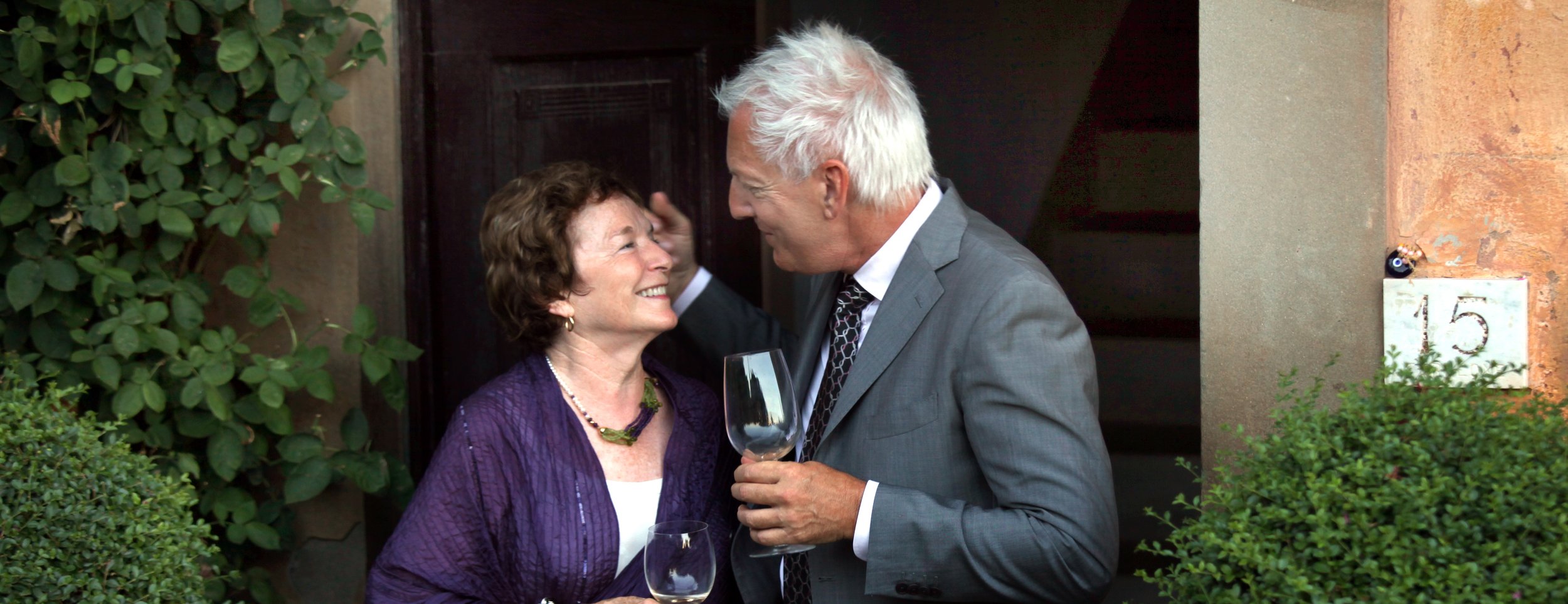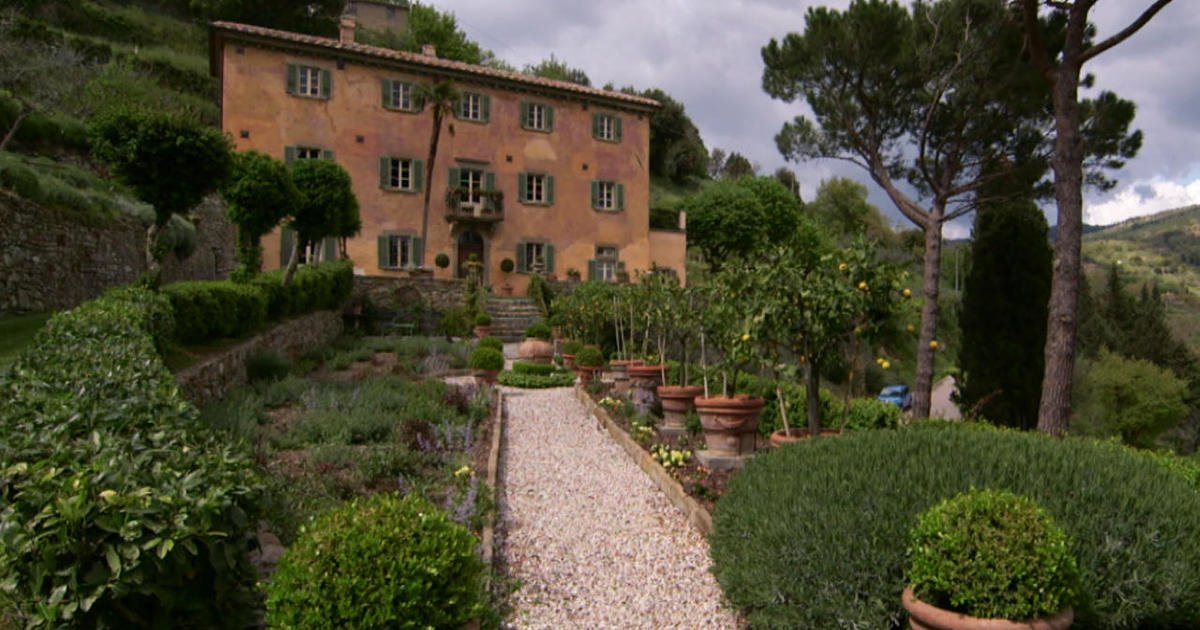Read: “Under the Tuscan Sun”
“Send me out into another life
lord because this me is growing faint
I do not think it goes all the way”
- W.S. Merwin
Francis Mayes, a professor of English and Creative Writing at San Francisco State University included the above quote in her book, Under the Tuscan Sun. She found herself in a place she didn’t expect in life- newly divorced after a marriage of 25 plus years that wasn’t supposed to end.
She thought the sky was falling. But she told herself, “what if the sky doesn’t fall?“. Francis knew she was searching for something. Traveling through the spectacular Tuscan countryside with her boyfriend Ed who was also an academic, lover of Roman Poets, and passionate about Italy, she found it when in Cortona, they came upon a 250 year old Tuscan house that had been abandoned for 30 years. It was love at first sight.
It was a big scary decision for Frances and Ed to commit to pay an exorbitant amount of money to buy this house and 5 acres full of unknown potential, not knowing what renovation would look like and what they would find, how long it would take, and how much it would cost. But when they looked around at the “stony villages, fields of red poppies, nuns in white, four abreast, bed linens flung out the windows, sheepfold, and oleander," how could they not take the leap?! And so Bramasole came to be.
Throughout the author’s memoir, evocative language that brings forth vivid imagery of food, history, architecture, scenery, and culture can be found on nearly every page. She gives a detailed account of her and Ed’s three year renovation that two academics started with the help of local artisans - walls opened, layers of stone lifted from everywhere, frescoes discovered and uncovered, almost impossible heating pipes and plumbing installed, handmade iron gates forged…
Frances Mayes & her partner Ed
The book is a visceral guidebook to the areas’ architecture and art - an 11th century stairway takes you to the City Offices, the town bank rests on Etruscan stones, the 13th century fountain found in one of the piazzas. Its’ history - from Etruscan times (Cortona is one of the twelve original cities of Etruria) through WWII, (the English and the American forces liberated Cortona in 1944).. Its’ culture - three hours in the middle of every day everyone is invited to enjoy a siesta, family and friends are loved and enjoyed, gesturing is a natural accompaniment to talking, everything you bring home from the markets can be arranged into a still life, Saints and feasts are celebrated regularly, and everyone is involved with community. Its’ gardens are full of roses, gold lilies, daisies, wildflowers and hundreds of butterflies flitting among the lavender. Its thriving olive groves and vineyards are everywhere. Its’ scenery - sunsets streaked gold and saffron turning into indigo dark, early rising shopkeepers bringing the town to life arranging vegetables and sweeping with witch brooms made of twigs, acacia shaded lanes along the inside of 8th century Etruscan walls with stone houses on one side and staggering views over the Via de China on the other side.
And then there is the food - bruschette with chopped tomatoes and basil, crostini with red pepper confit, veal roasted with garlic and potatoes garnished with fried sage, little green beans with fresh fennel and olives, perfumed summer melons. And in winter - succulent pork roast glazed with honey, and guinea hens roasting under a layer of pancetta. (Many recipes are included in the book!)
The real-life Bramasole!
As you can see, you’ll have to stop reading from time to time to take a deep breath from sensory overload. But the author’s gushing is spectacular!
Francis Mayes tells us that when you find that something you are looking for, “something must make it yours.” For her, she “found it on the faces of three women walking with their arms linked when the afternoon sun slanted onto the main street and seemed to fall on everyone.” She too wanted to soak her skin under such a sun.
Bramasole - to yearn for the sun.


